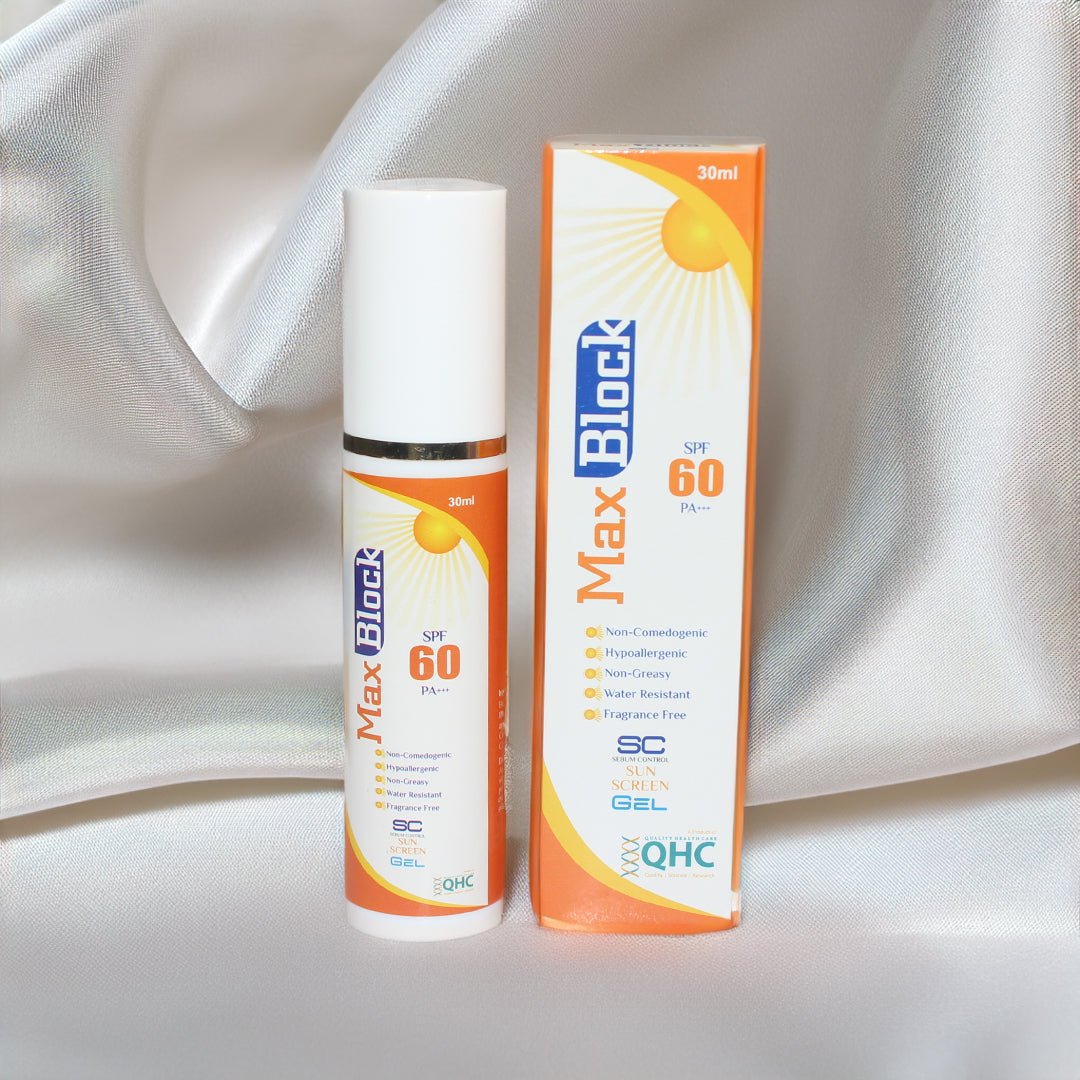Introduction To the Sunblock
Sunblock is essential for protecting your skin from the harmful effects of the sun’s UV rays. In Pakistan, where the sun can be harsh, choosing the best sunblock in Pakistan is crucial. This guide will help you understand the importance of sunblock, how to select the best one for your skin type, and the key factors to consider.
Why Is Sunblock Important?
Sunblock is not just a skincare product; it’s a necessity. The sun emits ultraviolet (UV) rays, which can cause skin damage, premature aging, and even skin cancer. Using sunblock daily helps protect your skin from these harmful effects, keeping it healthy and youthful.
How to Choose the Best Sunblock in Pakistan
Choosing the best sunblock can be challenging, especially with so many options available. Here’s what you need to consider:
1. SPF Rating
- SPF stands for Sun Protection Factor. It measures how well the sunblock protects your skin from UVB rays, the type that causes sunburn. In Pakistan’s climate, it’s recommended to use a sunblock with at least SPF 30.
2. Broad-Spectrum Protection
- Ensure the sunblock offers broad-spectrum protection, which means it protects against both UVA and UVB rays. UVA rays can prematurely age your skin, while UVB rays can burn it. Broad-spectrum sunblock helps shield your skin from both types of damage.
3. Skin Type Consideration
- Different skin types require different formulations. If you have oily skin, choose a sunblock that is oil-free and non-comedogenic. For dry skin, opt for a sunblock that contains moisturizing ingredients. Those with sensitive skin should look for hypoallergenic sunblock, free from fragrances and harsh chemicals.
4. Water Resistance
- If you plan to swim or sweat, choose a water-resistant sunblock. This ensures the protection stays effective even when exposed to water or sweat.
5. Application and Reapplication
- Apply sunblock generously to all exposed skin, at least 15 minutes before going outside. Reapply every two hours, or immediately after swimming or sweating.
Key Ingredients in Sunblock
Understanding the ingredients in your sunblock can help you make an informed choice. Here are some key ingredients to look for:
1. Zinc Oxide and Titanium Dioxide
- These are physical blockers that sit on top of your skin and reflect UV rays. They are ideal for sensitive skin as they are less likely to cause irritation.
2. Avobenzone and Oxybenzone
- These are chemical blockers that absorb UV rays. They are effective in providing broad-spectrum protection but may cause irritation in some people.
3. Antioxidants
- Some sunblocks contain antioxidants like Vitamin C and E, which help protect your skin from free radical damage caused by UV exposure.
The Best Time to Apply Sunblock
Applying sunblock at the right time is essential for optimal protection. Here’s when you should apply it:
- Before Sun Exposure: Apply sunblock 15-30 minutes before going outside to allow it to fully absorb into your skin.
- After Swimming or Sweating: Reapply immediately after swimming, sweating, or towel drying, even if your sunblock is water-resistant.
- Throughout the Day: Reapply every two hours if you are spending extended time outdoors.
Common Sunblock Myths Debunked
There are many myths surrounding sunblock that can lead to improper usage. Let’s clear up some common misconceptions:
1. Myth: You Don’t Need Sunblock on Cloudy Days
- Fact: UV rays can penetrate through clouds, so it’s essential to wear sunblock even on overcast days.
2. Myth: Darker Skin Doesn’t Need Sunblock
- Fact: All skin types and tones need protection from UV rays. While darker skin has more melanin, which offers some protection, it’s not enough to prevent damage.
3. Myth: Sunblock Causes Vitamin D Deficiency
- Fact: While sunblock can reduce vitamin D production, you can still get sufficient vitamin D from small amounts of sun exposure and your diet.
How to Incorporate Sunblock into Your Daily Routine
Making sunblock a part of your daily routine is easy. Here’s how:
1. Morning Routine
- After cleansing and moisturizing your face, apply sunblock as the last step in your skincare routine before makeup. This ensures your skin is protected throughout the day.
2. On the Go
- Keep a travel-sized sunblock in your bag for easy reapplication throughout the day. This is especially useful if you spend a lot of time outdoors.
3. At the Beach or Pool
- Apply a generous amount of water-resistant sunblock before heading to the beach or pool. Don’t forget to reapply after swimming or sweating.
Choosing the Right Sunblock for Kids
Children’s skin is more sensitive to UV rays, so it’s important to choose the right sunblock for them. Here are some tips:
- Use Physical Blockers: Sunblocks with zinc oxide or titanium dioxide are gentler on children’s skin.
- Opt for Tear-Free Formulas: This prevents irritation if the sunblock accidentally gets into their eyes.
- Check for Water Resistance: Kids are often in and out of the water, so a water-resistant sunblock is a must.
Sunblock for Different Seasons
Different seasons require different types of sunblock. Here’s what you need to know:
1. Summer
- Use a high SPF, broad-spectrum sunblock to protect against the intense summer sun. Reapply frequently, especially if you are swimming or sweating.
2. Winter
- Even in winter, UV rays can damage your skin. Choose a sunblock with at least SPF 30 and ensure it provides moisture to prevent dry skin.
3. Monsoon
- The rainy season doesn’t mean you can skip sunblock. Opt for a water-resistant formula to stay protected even in humid conditions.
Final Thought
Sunblock is an essential part of your skincare routine, especially in a sunny country like Pakistan. By choosing the right sunblock for your skin type and needs, you can protect your skin from harmful UV rays and keep it healthy. Remember, sun protection is a daily necessity not just a summer requirement.




